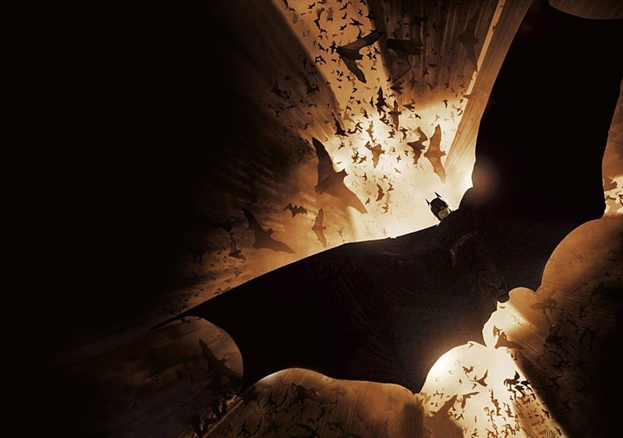The Death Of Film
April 28, 2012 in Daily Bulletin

The film industry is moving towards digital formats instead of standard 35 mm film. In a six page article Gendy Alimurung discussed some of the consequences of this:
- Studios are pushing the drive for digital film because it costs $1,500 to print one copy of one movie and to ship it to one screen in one theater. Multiply that by all of the theaters that a movie goes to and it gets expensive fast. In contrast digital costs just $150
- To play digital films new equipment is needed, but not only is upgrading the equipment expensive, it also costs a lot more to maintain. Since studios are no longer giving out 35mm films anymore to accelerate the transition to digital, many art house theaters are likely to go out of business.
- Some within the industry such as Christopher Nolan have fought back. These people note that film forces filmmakers to be masters of their craft. They can’t use digital monitors to check their progress. And since film cameras have to be reloaded every ten minutes discipline is required.
- Digital has its advantages. It can be set up easier and the cameras are smaller. Iconic scenes in 28 Days Later and Slumdog Millionaire could not have been shot without digital.
- However digital movies are more expensive to maintain and there are more risks involved. Toy Story 2 was accidentally deleted by the filmmakers, and they were just barely able to recover it. Moreover because digital formats change so often it’s very easy for movies to become lost in time.
- Film is mortal – every time you play it, there’s a little wear and tear on the film. Every screening of a film is a slightly different experience. Some prefer this more organic experience. Titanic was so popular that the film was literally falling apart within the projector.
- Quentin Tarantino owns an art-house cinema and has threatened to burn it to the ground the day the cinema puts in a digital projector.
- The theater management doesn’t have the heart to tell Tarantino that they’ve been using a digital projector there for years.
To read more about the role that Avatar played, why Robert Downey Jr. sometimes leaves bottles of urine around on set, what exactly is “The Digital Dilemma”, what the Academy of Motion Picture Arts & Sciences has to say, why some movies will not make the transition to digital, becoming lost to our generation, and the fate of projectionists, click here.
Source: L.A. Weekly
Via: Slate
Join the Discussion! (No Signup Required)